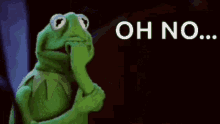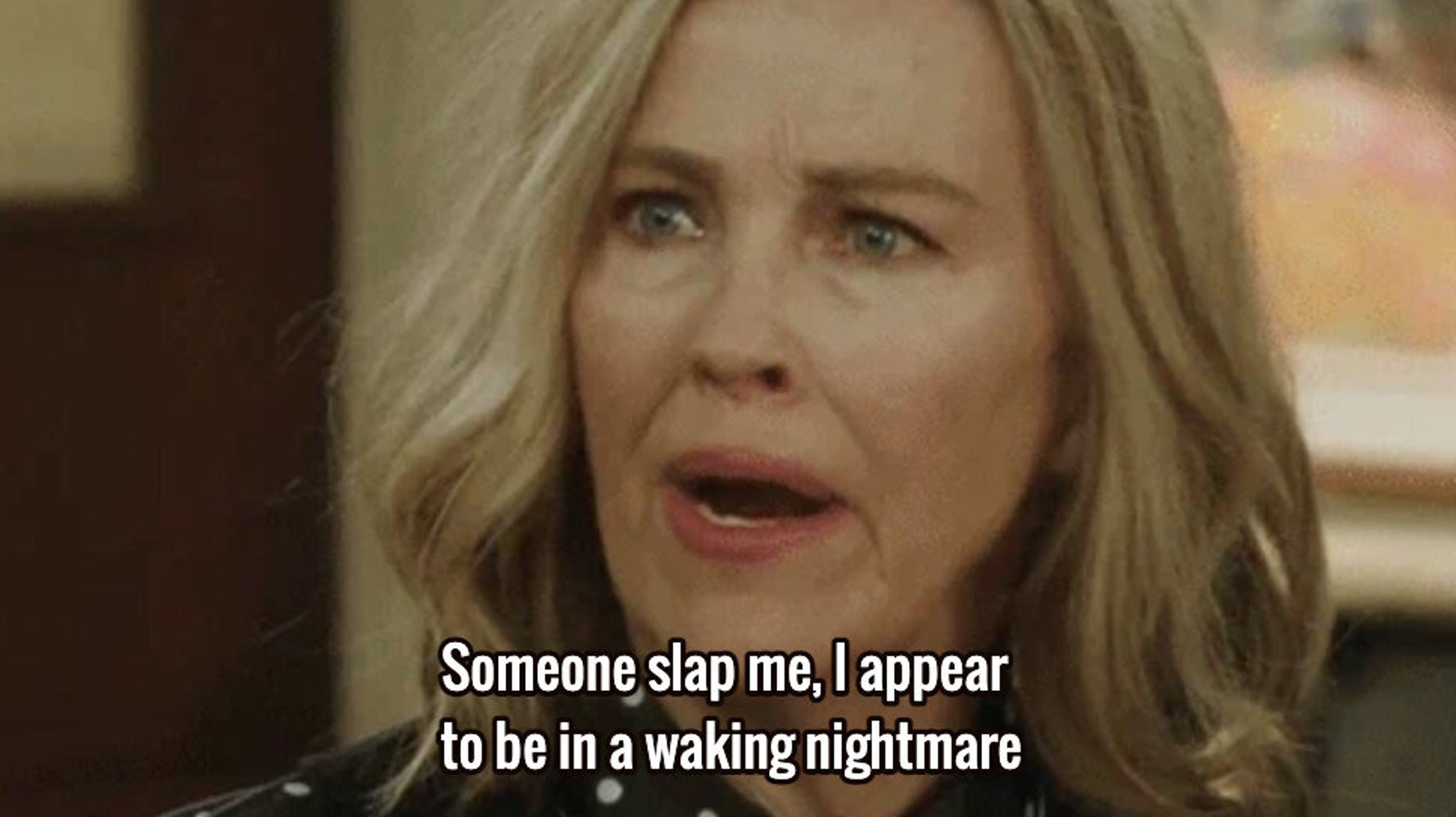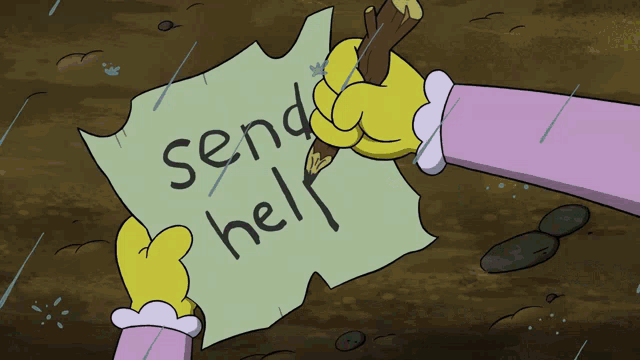Friends, we have news: after almost 10 years, the Activist Classroom is coming to an end.

We won’t be updating the blog with new posts after this one, though we are in the process of curating past posts into an accessible archive. We’ll keep you posted on that.
What has prompted this move now? A few things.
First, and probably most obviously, the pandemic has changed the landscape of all of our lives. Things that seemed, mid-2019, like the stuff of ordinary living and working no longer seem that way. The weight of each day falls a bit heavier on our shoulders; the labour of business-as-usual feels more laborious somehow. Students feel it. Teachers feel it. All humans, we wager, feel it. (We feel it.)
Second, after three years of valiantly trying to imagine the AC as a community space, a home for diverse voices, we’ve realized that the (voluntary) work of such a task isn’t something people are up for – very understandably. We’ve had some luck paying folks sporadically over the years for their contributions – most recently Julia Henderson, our fantastic teacher-in-residence in 2020! – but resourcing a space like this is hard work in itself, and we’ve had to calibrate recently whether or not it’s worth it to keep trying.
And that brings us to our final, probably our most important, reason for bringing the AC to a close right now: we’ve realized that our voices are not the voices that need to be populating a space like this anymore.
Rather than trying to muster those voices into our space, which feels a bit too much like appropriation, we’d like to move over so that those voices can properly grow into themselves on their own (which they are already doing, of course, and brilliantly).
After 10 years and hundreds of posts, we’ve said a lot; arguably, we’ve said all we have to say. Kim and Kelsey are both eager to read other voices and many other stories, and we’ve realized that it’s not our role to “host” those voices – we need to let them own their own spaces by getting out of their way.
To conclude our journey, we’re offering this final post as a rumination on what an “activist classroom” might mean today, in 2022. We have composed the thoughts below as an email conversation between us, and we reproduce it as a dialogue here, in the spirit of the collaboration the AC has always tried to foster.
Enjoy, and as always, thanks so much for reading.
– Kim Solga and Kelsey Blair
***
KELSEY: Let’s start at the beginning, for context. Where did the Activist Classroom come from?
KIM: This – the blog – all started when I was 8 months into teaching at Queen Mary, University of London, in English and Drama: my dream job. I quickly realized that in the environment of the neoliberal British academy, carving regular time from the admin-heavy expectations of the job (emailing all the truant students!! Every week!! OH MY GOD!!) to think critically about teaching and learning felt like an activist move in itself.
But the term “activist” was always a controversial one for a teaching blog written by a white, feminist scholar who did not otherwise identify as an activist, and over the years the question of what “activism” means for us/for me has arisen from time to time. Our last guest post by Stephanie Dennie raised this issue; in fact, Stephanie asked me directly what “the activist classroom” meant before she started writing her post.
Kelsey, what did this term mean for you when you first approached me to become part of the blog?
KELSEY: I was a reader of the blog long before I approached you to come on board. In my early reading years—during my MA if you can imagine that!—the concept of activism helped me articulate not-yet-fully-formed notions about learning spaces and intervention. By the time I got in touch with you, I was nearing the end of my PhD at Simon Fraser University and working as a sessional instructor at the University of British Columbia. I still wasn’t fully formed on the implications of the word activism. But, I had a clearer idea of how the concept might help me think about the classroom as a place of potential for challenging ideas, for intervention, and for forming briefly-lived collectives.
When you first started using “activist teaching,” what did it mean to you?
KIM: The phrase originated in a special issue of Canadian Theatre Review (CTR) I edited in 2011. In the editorial for that issue, I reflect on bringing the ethos of “performance as a public practice” – which is the name of the program at UT Austin where I completed my postdoctoral fellowship, with help from amazing humans like Jill Dolan, Charlotte Canning, and Deborah Paradez – to Western University, at a time when theatre at Western had formally disappeared as a program.
Of my first weeks in my new job at Western, I wrote in that editorial:
I knew immediately that by demanding the students learn by doing—by performing, embodying, making personal the very political work we would read together—I could help them to see theatre’s potent public strengths. We began (in the wake of Hurricane Katrina) with a simple exercise: what if you were a theatre artist in Houston, in Baton Rouge, or in Nashville, I asked them; how would you muster your resources to help the people of New Orleans? I was amazed at the eager, smart responses— something that continued each week thereafter, as students, divided into teams for the term, made outstanding poor theatre, and spoke with sensitivity about what they and their peers were accomplishing, for whom, and whether or not it mattered.
Later in the introduction, I also reflected on my “activist classroom” as a space in flux, ever evolving and growing. I put the issue together because I wanted to learn from my peers about what the term means to them, not because I wanted to define it for us. I asked some basic but for me still key questions: “What makes us good teachers? What makes our classrooms collaborative learning spaces? What makes our classrooms safe spaces to try out unsafe ideas? What makes our classrooms places where large-scale change can, in tiny steps, appear to begin? What makes our teaching activist, anyway?”

Looking back on the blog’s two origin points now, I can see how they dovetail. Teaching for me is about being humble enough always to want to learn more, to know your practice can’t be static if it is to be effective. That was the spirit of my CTR issue. At Queen Mary, while I loved my colleagues and the job was my dream gig on paper, I had so little time amidst all the admin to reflect with care on my teaching that I could feel myself draining of energy, of teaching vitality. That felt, to me, like the opposite of activism. I needed to jolt myself back to life somehow.
KELSEY: I very much feel your desire to remain energized, and its importance for the vitality of teaching. When I first started working as a sessional instructor at UBC, it was a goal realized: I pursued graduate studies, in part, so that I might be able to teach at university. Creating a brand new course (for me) and grading involved labour, but I was excited to be doing the work. I had energy, ideas, and time-consuming activities to give. It helped that I only taught one course a semester. But, over time, that changed. I transitioned through (and eventually out) of grad school and my teaching load increased. More courses means more prep, more marking, more students, and more administration.
With more of everything, the balance between engaged, effective, teaching and my role as an employee/worker (and particularly as someone in a contract position) began to wear. I really believe in the transformational potential of learning spaces – classrooms but also dance studios and gymnasiums and theatres – but I also believe in good working conditions and work-life balance. Looking back, I see how my professional experiences in the last few years have re-shaped how I envision engaged teaching practice and activism in the classroom.
For you, did the concept of activism, help “jolt” your teaching practice back to life? How has your conceptualization changed over time?
KIM: When I reflect back on the posts I was writing in the early years, I realize a number of them touch on the ridiculousness of the neoliberal university, in which more and more labour is outsourced to faculty, industrial action is regularly threatened if not regular itself, and – especially – in which league tables, top-100 lists, student satisfaction surveys, and all manner of measurement tools invade to eat our time and take our attention away from the work of thinking critically and creatively and expansively about how to build a better world. This has, I think, been where my sense of teaching as activism remains: in a neoliberal academic system, we’re meant to be too busy to ask the kinds of difficult questions of our leaders and each other that might lead us out of the morass, that might invite different models of living and working, both inside and outside academia, to become thinkable.
Activism, then, becomes looking at that system, recognizing the busy-work for the distraction it is, and asking the questions nonetheless. But, as you rightly point out, Kelsey, we are all tired – ESPECIALLY the junior faculty who are being asked to teach way too many courses per term on contract, are being routinely promised tenure-track jobs will open up around the corner, and are being routinely disappointed. The neoliberal academy rears exhausted, burned-out workers on purpose, and the people who are most in need of that system’s reforms are the ones least likely to have the energy or capacity to undertake it.
People like me – salaried, tenured, living an increasingly out-of-reach old-world academic dream – are the ones who need to be rattling the cages, but we’re also busy and exhausted a lot of the time, too. Exhaustion and a very human level of burnout-driven complacency is a deadly combination.
I think my activism as a teacher now (especially in this second half of my career, when my own seatbelt is securely fastened) needs to be about pressing on these systemic issues and hard, using the power I have accrued with my position at my university to push for meaningful change every chance I get, and to uplift individual junior scholars in the process as much as I can. That work is bootstrap work more than anything.
KELSEY: If there’s an upside of experiencing the wear and tear of the wheels of the neo-liberal university (and I’m not saying that there is), it’s that I think I’ve become more attuned to the intricacies of the machine. I can recognize a questionable policy or demand from a soccer field away and can quickly deduce their intended and unintended effects. This helps me empathize with students who often navigate the same structures from a different position within the system. As we know, empathy and recognition are helpful for spurring change, and I realize that I’ve been progressively re-orienting part of my activism toward how such structures do or don’t appear in my classrooms. I suspect this is why I’ve so frequently blogged about evaluation schemes and concession policies for the AC: such documents can be used as tools that help me and the students navigate how broader structures show-up in a course.

Kim, are you doing anything right now that models your current “activism as a teacher”?
KIM: I’m engaged right now in a really exciting teaching research project called “Building a Creative Campus.” Me, a colleague from media studies, and three ass-kicking women research fellows from three different disciplines are doing campus-wide assessments of how people in Western’s community experience creativity in their daily lives: how they define it; where they get it; where and when they don’t get it enough; how more of it would help make their working lives better. This research is in service of supporting the build for a new, interdisciplinary, performance studies-led course for undergrads, but we quickly discovered – when more than 3000 people responses to our initial survey! – that our community members were hungry to talk about this issue, and about what they need more of.
Our results so far are preliminary, but they are also really consistent: people tell us they need more TIME and more SPACE, in their programs of study/in their departments and the programs they service, as well as in their lives overall, for creative, non-indexed, not-immediately-product-oriented play. They want to mess around, but there’s not room. They want to explore and discover, but all of that has been fully instrumentalized on our campus: one med student we spoke to yearned for a chance to make music, but there’s no provision in her over-packed course of study for it; another engineering student lamented he can’t seem to access his creativity and doesn’t understand why, but it seemed implicit that he wasn’t being offered room in his work to move as a non-engineering-researcher individual, or not enough room to explore the capacity he surely has to spread his wings.
All this sounds really familiar to me: work harder to innovate more! Make us shinier now! But all our evidence points to people saying, how can we do that if can’t just PLAY, just mess around, for a while? Isn’t learning also just a lot of good messing around? (There’s a tonne of evidence for this now, and a terrific new book out – The Extended Mind by Annie Murphy Paul – makes sense of it for a lay audience.)
I consider this project a major activist intervention, both in the results we’ll be able to share AND in the way my team has created a community of care in which we DO mess around a lot, in fact we model messing around while doing good, smart, interesting things. I want to promote messing around as GOOD, SOLID teaching and learning: that’s a goal for me in the short term, in my home campus community.
What about you, Kelsey?
KELSEY: As I started with above, part of my approach to activist teaching right now is to redistribute my activist energy towards more areas of teaching. Some of these—policy and course content—will show up in the classroom. Other areas won’t show up at all. In this latter category, I am focusing on the balance between my labour and good pedagogy.
For example, I’m paying serious attention to the balance between active, engaged, in-class activities and my workload. Creative activities can add vitality to lessons. Who doesn’t love a good scavenger hunt, after all? But, if the lesson-prep is well beyond the hours of my job, then I’m perpetuating a different kind of power imbalance, where the teacher (me!) performs free labour in service the product being sold to the students (the class). This isn’t only bad for me. It sets an unfair precedent for my colleagues, who should not be expected to work overtime hours to lesson prep.
In terms of content, I’m not doing anything as fancy as a university-wide research project! But, I am trying to incorporate more freedom for experimentation and play. Practically, I do this through in-class activities that encourage students to imagine and attempt. I bring in physical objects to interact with. I play games! And, sometimes, I very simply allow an activity or discussion room to expand, rather than powering on to the next item on the lesson-plan to do list.
I do my best to separate imagination and play from evaluation. Some days, you may not be in the mood to play. That’s fine! You aren’t being graded on the playing specifically. You’re simply being given the opportunity to play as part of learning.
As much as possible, I also allow students to choose elements of evaluation, like the content of an essay or the form of a final project. These strategies aren’t radical, but they’re important, particularly in a university-atmosphere that is sometimes seeming to get more serious by the day!
KIM: That all sounds EXACTLY like you, Kelsey, and it’s one of the main reasons I’ve so enjoyed you being a part of the AC for the past three years.
Play games. Pick your own evaluation (at least some of the time)! Trust there will be a guide, but remember your learning practice is also in your hands.
Let the cool stuff expand when it comes; follow the map-lines of prep a bit less. This is such a valuable one: if I could tell my 2013 (hell, my 2005!) self something useful, it would be: TEACH LESS. Listen more.
I know you want me to be the one to end this post, Kelsey, but I have to ask. Any words of advice to your younger self? Or to yourself as you embark on the next part of the first part of your career?
Kelsey: To my past self: Slow down and let everything breathe. Let yourself breathe. Let the lessons breathe. Let the silences breathe. To my future self: Resist disillusionment. You have breathed enough to know that while the goings-on of a university classroom don’t matter all of the time, they can matter to somebody some of the time. Allow that to motivate listening, learning, challenging, and experimenting.
Thanks for your ideas, your candor, your inspiration and for letting me me — and all our readers — follow along your teaching journey, Kim!






















